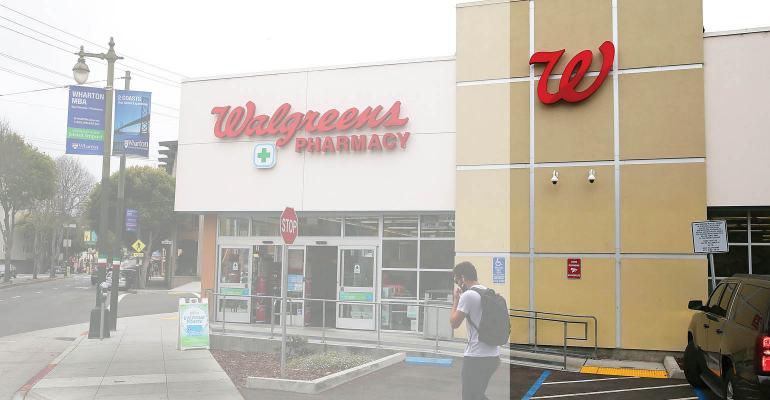Dollar stores—buoyed by budget-conscious consumers and largely insulated from the rise of e-commerce—have become a popular bet for some net lease investors.
In fact, Barry Wolfe, senior director of the national retail group and net leased properties group at brokerage firm Marcus & Millichap, says freestanding net-leased dollar stores are “among the safest and best bets in retail.”
Among publicly-traded net lease REITs, Phoenix-based Vereit Inc. has considerable exposure to the dollar store sector.
Two of the three big operators of dollar stores—Family Dollar Stores Inc. and Dollar General Corp.—are among Vereit’s 10 biggest tenants. In all, these two dollar store chains make up about 6.5 percent of the REIT’s annualized rental income.
Similarly, Dollar General and the other major dollar store operator, Dollar Tree Inc., compose nearly 4 percent of the annualized base rent for Agree Realty Corp., a publicly-traded net lease REIT based in Farmington Hills, Mich.
Convenience stores, however, are showing signs of struggling.
Recent estimates suggest that convenience stores will achieve total sales of about $73 billion in 2018—on the lower end of the spectrum for this sub-sector—and total sales growth of just 5.5 percent, according to the “Retail, Apparel and Restaurants—U.S., 2018 Outlook,” from Moody’s Investors Service.
Properties occupied by high-quality tenants, such as 7-Eleven, have achieved cap rates between high 4 percent and low 5 percent in the fourth quarter of 2017. According to data from The Boulder Group, retail net lease assets overall reached the average asking cap rate of 6.07 percent during the quarter.
“A lot of the market participants think this is no longer a seller’s market, that it has moved to a neutral position,” says John Feeney, a vice president at The Boulder Group. “Depending on the asset quality, it is not necessarily in the seller’s favor anymore.”
In terms of property types, respondents ranked industrial as having the best outlook (4.0 on a scale of 1 to 5). Industrial was tied atop the list last year with medical office/healthcare. That sector was second this year, with a score of 3.8, unchanged from a year ago.
Those sectors were followed by convenience stores/discount and bank/financial (both at 3.4). But, generally, the outlook for all net lease property types was fairly consistent. Every sub-sector ranked between 3.0 and 3.8.
Those results roughly match what respondents said were the property types in greatest demand. Industrial and medical office/healthcare scored 41 percent on that question, followed by restaurants/fast food (both at 31 percent) and drugstores (26 percent).
In terms of the quick service sector, there is some differentiation between franchisee-backed and corporate-backed net lease properties.
“There is a perception among investors that a corporate-backed lease is better than a franchisee-backed lease,” Feeney says. “There is more of a perceived strength associated with a corporate guarantee than a franchisee guarantee, whether that is a right perception or not.”
Some public companies have created business models around owning franchisee-based net lease properties, giving confidence to investors about the quality and transparency of the property owner’s balance sheet.
“The differences are due to the financial strengths of the guarantors,” says Matthew Berres, a senior vice president in the net lease group of JLL Capital Markets. “Many QSRs are owned by publicly-traded companies, which allows for a very large buyer pool. It gives them access to financial records and allows them to make more informed decisions and gives them more comfort level long-term.”
Survey methodology: The NREI research report on the net lease sector was completed via online surveys distributed to readers of NREI in February. The survey yielded 490 responses. Recipients were asked what regions they operated in (and were allowed to select multiple regions). Overall, 45 percent said they operated in the South, followed by the East (45 percent), the West (40 percent) and the Midwest (36 percent). About half of respondents (49 percent) hold the titles of owner, partner, president, chairman, CEO or CFO.

